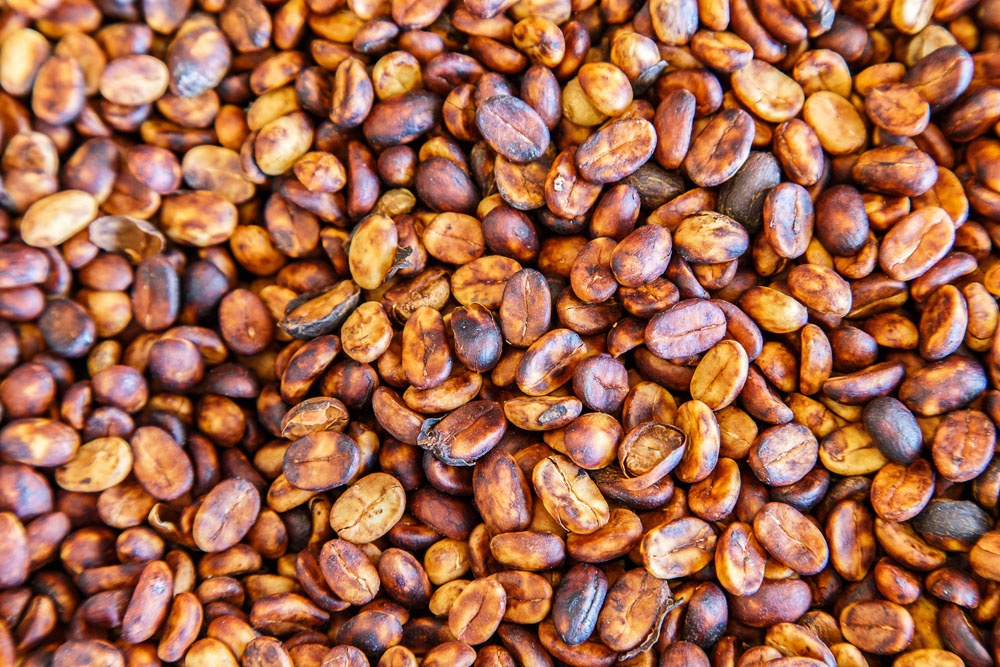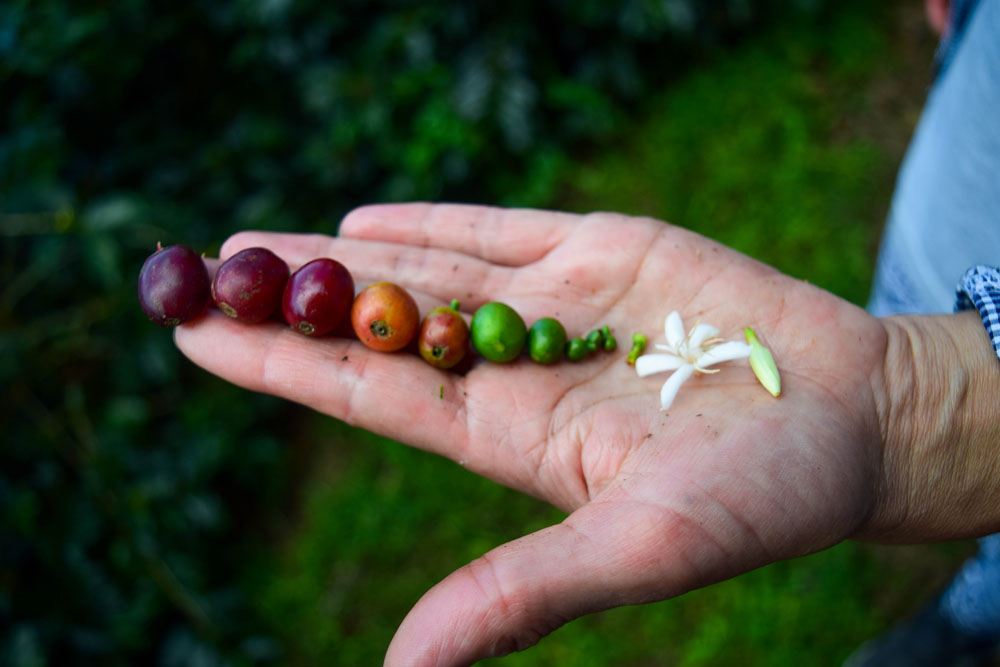There are many factors that contribute to the overall flavor of your favorite cup of joe. Factors such as the brewing method, the roast, and even the growing region can exert a profound effect on the taste of the resulting cup of coffee. Equally important to the overall flavor is the processing method. Processing is the action or sequence of actions that converts the fruit of a coffee plant into green coffee beans.
When it comes to coffee production, the most commonly used processes are wet and dry. However, there are a few less common processes that are used in certain regions around the world. These more unique processes are wet-hulling, honey, and Malabar Monsoon.
Wet process
As the name suggests, the wet process uses water, a lot of it. This process is used in many parts of Latin America as well as Kenya and other East African countries.

The beans are harvested and immersed in water. The ripe cherries sink to the bottom while the unripe will float, allowing them to be easily removed from the production line. The cherries are then forced through a screen using large amounts of water pressure. The process of pushing the cherries through the mesh removes most of the skin and fruit; only a small amount of pulp, or mucilage, remains attached to the beans. The beans are then left in fermentation tanks for about 24 hours. The fermentation process breaks down most of the remaining pulp. The beans are then washed and left out to dry until the final layer of skin around the beans can be removed.

Wet processing results in better overall uniformity across the beans and the resulting coffee is known for its bright and clean taste. That being said, the dry process arguably results in more interesting and intense flavors.
Dry process

This is also referred to as the “natural” process and is the oldest known method for processing coffee cherries. As the name suggests, this process does not make use of large amounts of water and very rarely is any type of machinery used. This process is mainly used in Brazil, Ethiopia, Haiti, Ecuador, and Paraguay.

In dry processing, the coffee cherries are harvested, sorted for quality, cleaned, and then left out in the sun to dry. The drying process can take about four weeks and during this time the cherries are raked regularly to prevent mold from forming and to ensure that the drying process is consistent. Once the cherries have dried, the dehydrated fruit and skin is removed and discarded in a hulling machine. At the end of the press, all that is left is the green coffee bean.

Dry processing results in less quality uniformity than the wet process and is most often used in the processing of lesser Robusta beans. However, there are benefits to this process. Dry processing is cheaper than wet processing and therefore is more viable in poorer coffee producing regions. The process is also useful in regions with limited access to water.
Additionally, the dry process can have a pronounced impact on the flavor of the coffee. Many aficionados seek out dry processed coffee as it can result in some unique and unusual cup profiles. As the fruit dries on the beans, it infuses it with flavors. As a result, dry processed coffee beans tend to be fruitier than those processed using the wet process.
Honey

Despite the name, the Honey process does not involve the use of honey. Instead, this process is essentially a hybrid of the dry and wet processes. There is no definitive version of Honey processing and there are various methods employed in many countries that involve some mix of wet and dry processes. For the most part, Honey processing involves removing a large amount of the fruit using the wet process, however instead of fermenting the cherries, they are instead left to dry with some of the pulp still attached.

The Honey process allows farmers to use less water but still provide a uniform product. The process also allows farmers to experiment with the flavor of the coffee by adjusting the amount of contact the beans have with the fruit.
Semi-dry process

The semi-dry process is also known as wet-hulling and Giling-Basah. Technically wet-hulling is a type of hybrid process utilized in Sumatra and is similar in a way to the Honey process. In this method, the cherries are forced through a pulping machine that removes most but not all of the fruit. The beans are then fermented for a few hours before the rest of the pulp is washed off.
The semi-dry process results in a reduced amount of acidity and a heavier body.
Malabar Monsoon

Finally, we have Malabar Monsoon. This method is unique to regions of India and is technically occurs after the actual processing of the coffee. Once the cherries are harvested, they are processed using the dry method. The beans are then placed in highly ventilated warehouses and left exposed to the seasonal monsoon winds and rain.




Monsoon Malabar is definitely not dry processed. They are washed process, then dried, then monsooned. Also, wet-hulling is characterized by their very high moisture content, which creates those characteristic flavors..